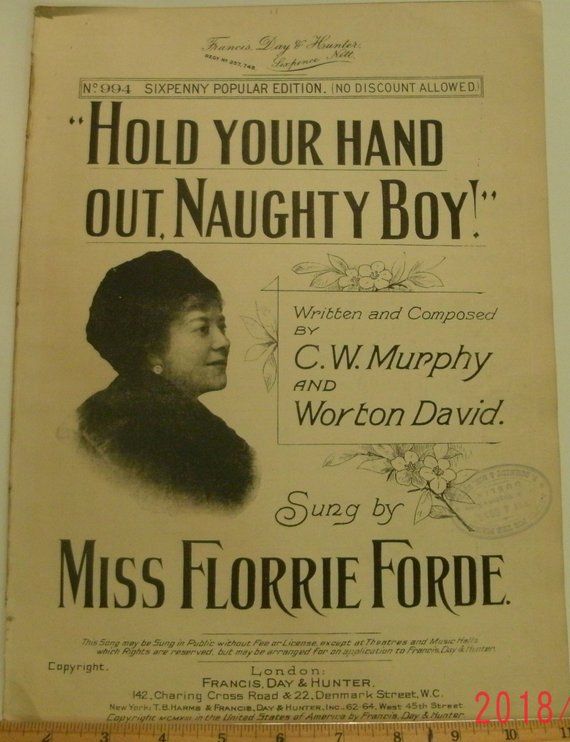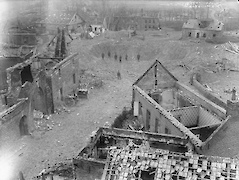☜ Click for full post text.
As always, dear readers, welcome.
More than once, people have likened Mordor to the Black Country of central England,

or perhaps even to the blighted landscape of the Western Front,

but could we extend that even farther west, to the long approach by which Frodo and Sam, led by Gollum, make their way towards Minas Morgul?
Faramir, who has captured Frodo and Sam

while setting an ambush for a column of Sauron’s allies, including their oliphaunts,

is now trying to warn Frodo both from traveling with Gollum and from going that route to Mordor as Gollum has proposed, saying,
“The valley of Minas Morgul passed into evil very long ago, and it was a menace and a dread while the banished Enemy dwelt yet far away, and Ithilien was still for the most part in our keeping. As you know, that city was once a strong place, proud and fair, Minas Ithil, the twin sister of our own city. But it was taken by fell men whom the Enemy in his first strength had dominated, and who wandered homeless and masterless after his fall…After his going they took Minas Ithil and dwelt there, and they filled it, and all the valley about, with decay: it seemed empty and was not so, for a shapeless fear lived within the ruined walls.” (The Two Towers, Book Four, Chapter 6, “The Forbidden Pool”)
Rereading this, then, the first image which came to my mind was not this—

but this—

and what the new Second Lieutenant Tolkien

must have seen when he arrived in the trenches

as a signals officer

in June, 1916.
At first, it would simply have been the view beyond the trenches, which was grim: acres (hectares) of barbed wire would block seeing much farther than the lip of the entrenchment.

And, because enemy snipers with specialized rifles were just waiting for a soldier to poke his head up, it wasn’t really a good idea to do that anyway.

(There’s even a mocking song on the subject from 1918, a British soldier suggesting to his enemy counterpart that keeping your head down was the only way to survive. This is the chorus:
“Late last night in the pale moon light
I saw you, I saw you!
You were fixing your barb’d wire
When we opened up – rapid fire!
If you want to see your Vater in the Vaterland
Keep your head down Fritzie boy
Keep your Head down Fritzie Boy!”

(You can hear a period performance here: https://www.youtube.com/watch?v=J2eSiTvVlEs )
As is true with many Great War soldiers’ songs, it’s a parody of a 1913 hit “Hold Your Hand Out, Naughty Boy”)

(And here’s the original: https://www.youtube.com/watch?v=PtWC5L1sXt8 )
Although those trenches were grim,

the world beyond those trenches, could JRRT have seen it — and he would have seen a little of it as his unit moved forward during the vast battle called “the Somme” – was an even bleaker one. Several years of war and the pounding of big guns, both German

and British

had destroyed trees,

houses,

churches,

whole villages

and even towns.

The ruined landscape between the Allied and German trenches was commonly called “No Man’s Land”, rather like a withered version of the Ithilien in which Faramir fights his war, but it was actually a sort of everyman’s land as, once darkness fell, one might see soldiers of both sides at various tasks.
All of that barbed wire needed replacement and extension and wiring parties (a duty soldiers hated as, in the dark, they were as likely to be shot at by their own side as by the enemy) slipped out to work on their entanglements.

Then there were always patrols—

small groups whose job it was to prevent the enemy from slipping across the broken ground to spy or even to make minor attacks, called “trench raids”,

meant both to keep the other side nervous and to gather information, through prisoners or captured documents or even from what might seem like a minor item, like the badge from a cap.

Such badges, like this one, could carry distinctive regimental emblems, providing the raiders with a sense of what regiment was facing them and thus adding to the more general picture of enemy movements on their own side of No Man’s Land. (This is, in fact, the badge of JRRT’s own regiment, the Lancashire Fusiliers.)
It’s easy, then, to imagine Faramir and his men in their camouflage suddenly appearing here:

“Four tall Men stood there. Two had spears in their hands with broad bright heads. Two had great bows, almost of their own height, and great quivers of long green-feathered arrows. All had swords at their sides, and were clad in green and brown of varied hues, as if the better to walk unseen in the glades of Ithilien. Green gauntlets covered their hands, and their faces were hooded and masked with green, except for their eyes, which were very keen and bright.” (
And, when the Germans withdrew to a second position, in 1917, the “Hindenburg Line”, they left behind them much more destruction, even cutting down fruit trees to deny them to the Allies.


As Frodo and Sam move eastward, I can imagine them walking through that same landscape

until they came to this—

at the crossroads—

north to the Morannon, south to Harad, west to Minas Tirith through ruined Osgiliath, east to Mordor — where they found:
“The brief glow fell upon a huge sitting figure, still and solemn as the great stone kings of Argonath. The years had gnawed it, and violent hands had maimed it. Its head was gone, and in its place was set in mockery a round rough-hewn stone, rudely painted by savage hands in the likeness of a grinning face with one large red eye in the midst of its forehead. Upon its knees and mighty chair, and all about the pedestal, were idle scrawls mixed with the foul symbols that the maggot-folk of Mordor used.” (The Two Towers, Book Four, Chapter 7, “Journey to the Cross-Roads”)
If Tolkien could visit the same area over which both sides struggled in the summer of 1916, instead of endless blight—

he would see, among the overgrown trenches,

and the still-discovered remains of century-old bombardments,

this—

and perhaps, in hopes of a world more like the latter, he would add to that description of the maimed king:
“Suddenly, caught by the level beams, Frodo saw the old king’s head: it was lying rolled away by the roadside. ‘Look, Sam!’ he cried, startled into speech. ‘Look! The king has got a crown again!’
The eyes were hollow and the carven beard was broken, but above the high stern forehead there was a coronal of silver and gold. A trailing plant with flowers like small white stars had bound itself across the brows as if in reverence for the fallen king, and in the crevices of his stony hair yellow stonecrop gleamed.
‘They cannot conquer for ever!’ said Frodo.” (The Two Towers, Book Four, Chapter 7, “Journey to the Cross-Roads”)
Thanks, as always, for reading.
Stay well,
Mistrust guides with ulterior motives,
And know that, as ever, there’s
MTCIDC
O



































